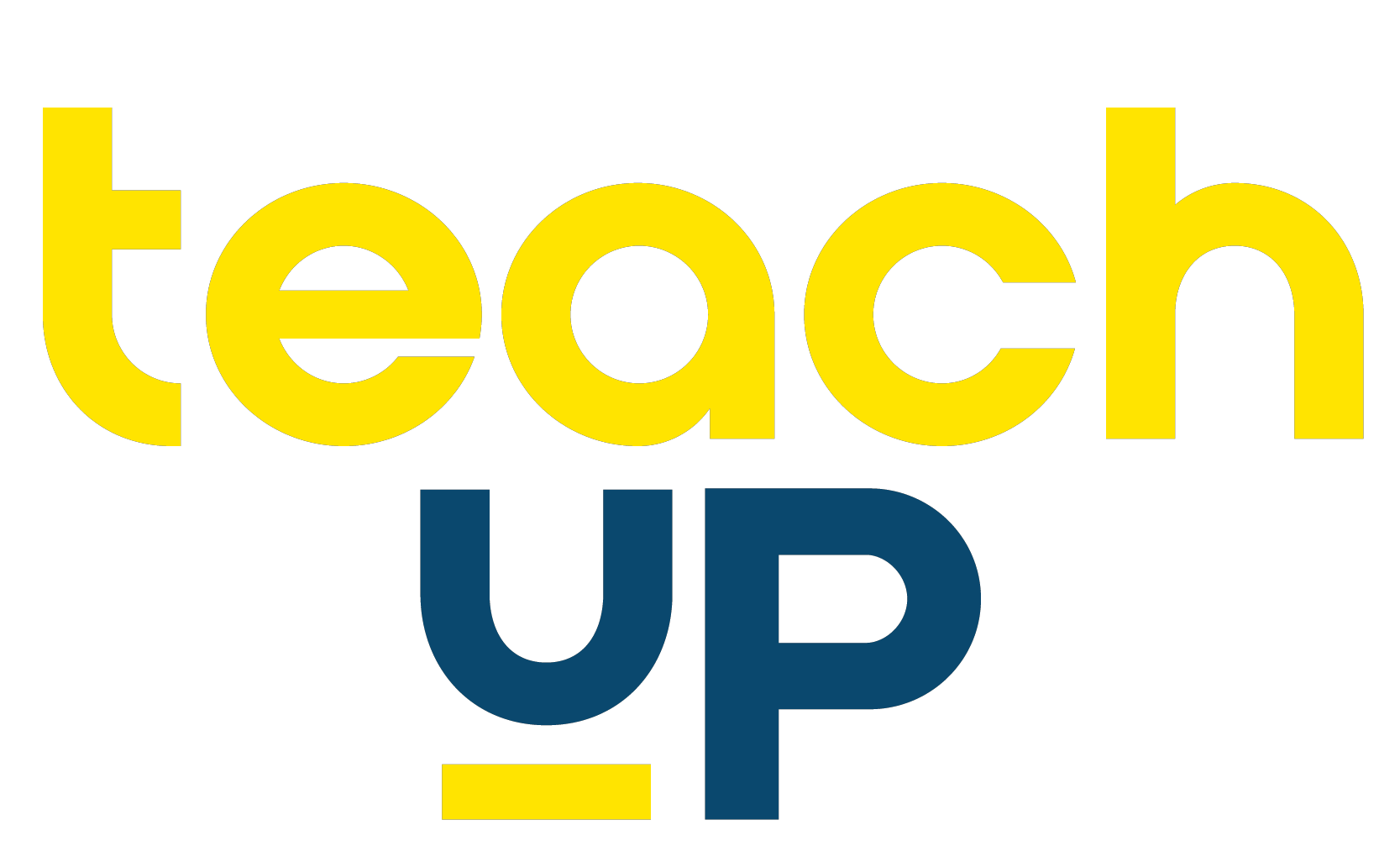Safeguarding is what we do to prevent harm, while child protection is the way in which we respond to harm. Here are a range of resources and guides to help improve you and your organisation’s child safeguarding and protection policies and practices.
Every child has the right to be safe and feel safe.
The education sector – and all those that work within it – owe what is known as a “duty of care” to their students. This is a legal obligation that requires both institutions and individuals to take reasonable steps to protect the students in their charge and reduce the risk of reasonably foreseeable harm or abuse.
This involves consideration of the following factors:
identifying the risk of harm
the probability that the harm would occur if care were not taken
the likely seriousness of the harm
the social utility of the activity that creates the risk of harm
the burden of taking precautions to avoid the risk of harm
Safeguarding and child protection are two terms that are often used interchangeably but are not in fact synonymous.
Child safeguarding is specifically focused on implementing preventative actions that ensure that all children and young people are protected from deliberate or unintentional acts that could lead to the risk of or actual harm. In short, it is an incredibly important means of protecting children from harm, abuse, neglect, or exploitation.
Child protection, on the other hand, refers to the laws, policies, and measures that take place once a child or young person has already been identified as being at risk (often via safeguarding processes).
Simply put, while safeguarding prevents, child protection protects.
All organisations and individuals that work with children have a responsibility to look out for their welfare and best interests. Luckily for us, there are a wealth of resources available online to help you strengthen you and your organisation’s safeguarding and child protection policies. Scroll on to get the support you need to keep both children and young people safe.
10 child safeguarding and child protection resources

- Save the Children

2. UNICEF: Child Protection

2. UNICEF: Child Protection

2. UNICEF: Child Protection


